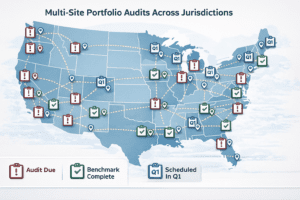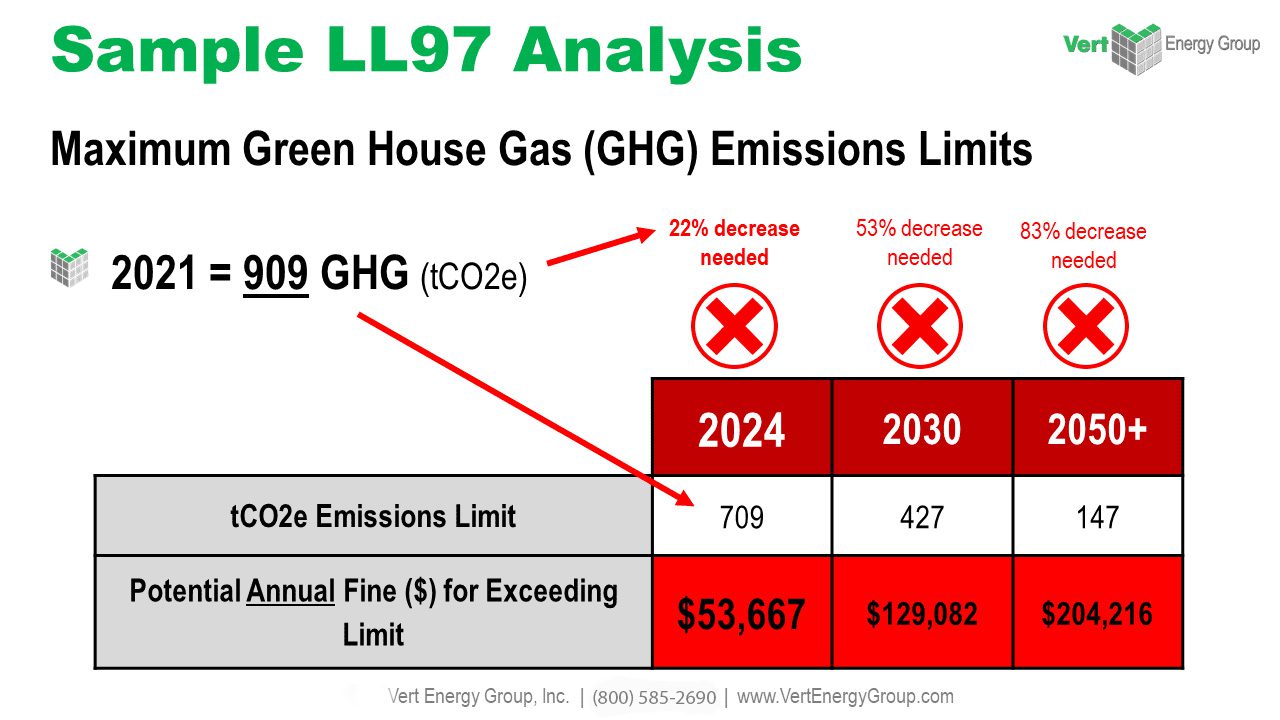I. Introduction
In this rapidly changing business environment, the ability to adapt and innovate is essential for companies to thrive. A key factor in a business’s capacity to stay relevant is how it measures up against both industry standards and competitor performance.
The latest benchmarking laws are set to fundamentally change the playing field, equipping businesses with the tools to assess their operations in comparison to a set of established standards. Understanding and implementing these laws is not just a legal requirement; it’s a strategic imperative that can catalyze growth and foster sustainable business practices.
For business leaders, staying ahead means not just complying with these new laws but leveraging them to enhance their operations and strategies. In this comprehensive guide, we’ll explore the essence of benchmarking and discuss ten transformative effects these laws will have on your business.
II. Definition and Understanding of Benchmarking

Before we delve into the impact of the latest benchmarking laws, it’s important to grasp the concept of benchmarking itself.
Explanation of Benchmarking
Benchmarking is the systematic process of measuring one’s business processes, performance metrics, and outcomes against those of industry leaders or competitors. It’s a tool for identifying areas where improvements can be made, setting goals based on best practices, and tracking progress over time.
The value of benchmarking lies in its potential to unearth insights that can lead to significant enhancements in efficiency, productivity, and profitability. By looking outward, businesses can avoid the pitfalls of complacency and myopia that often accompany an inward-focused approach.
History of Benchmarking
The practice of benchmarking has its roots in the late 20th century when companies began to look beyond their internal processes in search for a competitive edge. Pioneered by organizations like Xerox, benchmarking evolved from a simple process of comparison to a sophisticated strategy for continuous improvement.
This evolution was accompanied by the realization that to truly stand out, companies needed to measure themselves against the best in their field, not just the average. This led to a proliferation of industry-specific benchmarks and the development of methodologies to support the process.
Significance of Benchmarking Laws
Benchmarking laws are a natural progression from the informal practices of the past. They institutionalize the process of comparison and standardization, making it a legal requirement for businesses to measure and report on their performance in relation to established benchmarks.
The significance of these laws is profound. They introduce a level of rigor and objectivity into an area that was once largely subjective, driving integrity and consistency in business reporting. For companies, it means that adherence to these laws is no longer optional—it’s an integral part of doing business in today’s competitive and regulated world.
By understanding benchmarking and the laws surrounding it, businesses can not only comply with regulatory demands but also harness this knowledge for strategic advantage. In the next sections, we’ll look at the specific transformations that your business can anticipate as these laws come into effect.
III. Latest Benchmarking Laws
The landscape of business regulation is constantly evolving, and with the recent implementation of rigorous benchmarking laws, there is a wave of transformation that is about to sweep over multiple sectors.
Introduction to the Latest Benchmarking Laws
The advent of new benchmarking laws marks a decisive move towards greater corporate transparency and accountability. These laws obligate companies to collect, report, and share data on various operational metrics, aligning them with established industry benchmarks. The intention is to provide stakeholders with a clear, quantifiable measure of a company’s performance and adherence to industry standards.
Explanation of the Impact on Different Industries
Each industry faces unique challenges and operates under distinct benchmarks. The impact of these laws will be particularly felt in sectors with high environmental footprints, such as manufacturing and construction, where companies must now publicly disclose energy consumption and sustainability practices.
In the financial sector, benchmarks relating to fiscal health, such as liquidity ratios and capital reserves, will come under closer scrutiny, affecting how these institutions manage risk and report their financial status. Healthcare providers will have to navigate benchmarks concerning patient outcomes and service efficiency, directly impacting operational procedures and care models.
Overview of How These Laws Differ from the Old Ones
Previously, benchmarking may have been an internal strategy used at a company’s discretion, with variability in how metrics were chosen and reported. However, the new benchmarking laws standardize these practices, mandating a consistent approach to performance measurement.
This shift not only mandates compliance but also ensures that the data reported is more reliable and comparable across the board. Companies now face legal implications for non-compliance or misreporting, adding a layer of legal oversight that was not as pronounced with voluntary benchmarking practices.
IV. The 10 Transformations
1. Increased Transparency
How benchmarking laws compel businesses to be more transparent
These laws push companies to open their books, so to speak, on a range of operational specifics—from energy usage to employee turnover rates. This required disclosure goes beyond financials to include aspects of corporate governance, environmental impact, and more.
Effects of transparency on business operations
Such enforced openness will likely lead to changes in internal policies to align better with public expectations and benchmarks. Companies may also need to invest in better data management systems and reporting tools to comply efficiently and accurately with these laws.
2. Improved Performance
How performance measurement and comparison becomes more accurate with these laws
By setting an industry standard, the benchmarking laws eliminate the guesswork in performance evaluation. They define what ‘good’ looks like for various metrics, enabling companies to target their improvement efforts more effectively.
3. Strengthened Competition
Explanation of how these laws level the competitive field
All companies in an industry are held to the same standards and reporting requirements, meaning that smaller players have the chance to demonstrate their efficiency and effectiveness on an equal footing with larger companies.
4. Boosted Innovation
Benchmarking often leads to innovation by highlighting gaps between a company’s current state and industry best practices. As businesses strive to meet or exceed these benchmarks, they may develop innovative products, services, or processes.
5. Enhanced Risk Management
These laws assist companies in identifying areas of potential risk before they become problems. With a clear benchmark in place, it becomes easier to spot when something is amiss, allowing for quicker corrective action.
6. Greater Accountability
The latest benchmarking laws ensure that businesses can be held accountable for their performance in a way that was not possible before. This has implications for corporate governance and can drive a culture of integrity throughout an organization.
7. Improved Decision Making
With reliable data on hand, companies can make more informed decisions. The clarity provided by benchmarking helps eliminate much of the guesswork and enables strategic planning that is grounded in reality.
8. Increased Consumer Confidence
When companies are transparent about their operations and adhere to recognized benchmarks, consumers take notice. This can lead to increased trust and loyalty, as customers value companies that demonstrate a commitment to excellence and ethical practices.
9. Resource Optimization
By highlighting areas where resources are not being used efficiently, benchmarking laws encourage companies to find ways to optimize their use of materials, energy, and labor.
10. Regulatory Compliance
Lastly, the new benchmarking laws ensure that businesses maintain a baseline level of compliance with industry regulations, which can protect them from penalties and damage to their reputation.
V. Conclusion
The introduction of the latest benchmarking laws is more than a regulatory change—it’s a movement towards greater corporate excellence. As we have seen, the implications of these laws are extensive and transformative, affecting transparency, performance, and competition, among other aspects of business operations.
As businesses look to the future, it is clear that these laws will have a profound effect on how they operate, compete, and are perceived by the public. Companies that proactively embrace this new reality will not only avoid the pitfalls of non-compliance but also position themselves to reap the benefits of improved operations and increased trust from consumers and stakeholders alike.
The call to action is clear: businesses must review their current practices, align with the new benchmarking standards, and embrace the challenges and opportunities these laws present. By doing so, they will not only ensure compliance but also drive their organizations towards a path of continuous improvement and sustainable success.
VertPro.com serves as a resourceful platform for property owners and managers seeking to enhance their buildings’ energy efficiency. The site offers a range of services, including Commercial Energy Audits, Benchmark Compliance consultancy, and a Construction Marketplace. At the heart of VertPro® is a suite of SaaS technology-based solutions designed to assist in navigating the complexities of Energy Benchmarking and Energy Audits/RCx Plus, while ensuring adherence to over 60 Energy Benchmarking and Energy Efficiency Laws across the country.
For those looking to improve their property’s energy usage and operational value, VertPro.com provides a diverse array of tools and information. The site aims to facilitate a better understanding of energy efficiency practices and legislation, helping building owners and property managers make informed decisions about their energy strategies while complying with all energy ordinances and laws.















